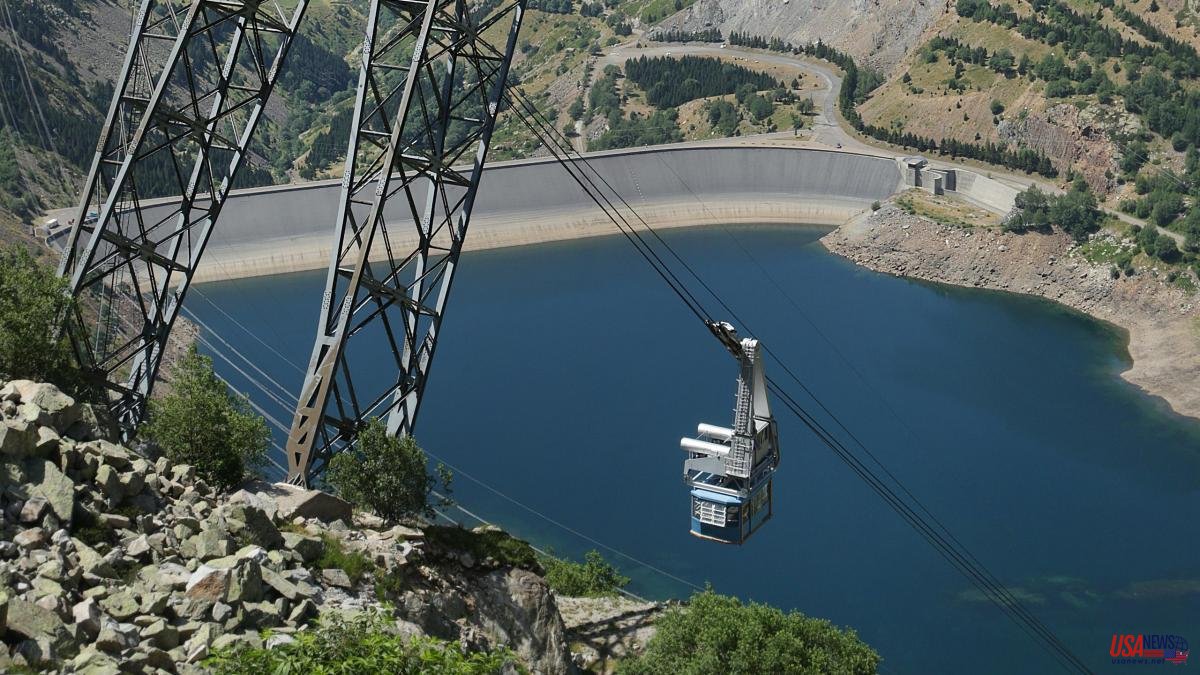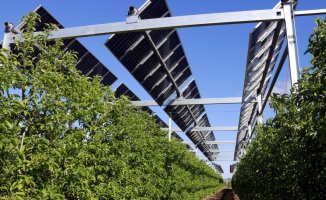In the 1970s, high oil prices led to the first research on whether a 100% renewable energy system was viable. Fifty years later, with some of these energy sources already fully competitive, many studies have concluded that a 100% renewable system is feasible throughout the world and – not least – at low cost. Catalonia is no exception, as Ramon Tremosa and Jaume Morron demonstrate in their recently published book Energia sobirana. Com Catalunya pot be self-sufficient in renewable energy. The work has been published in the midst of another energy crisis, which is driving forward Europe's energy transition, as did the 1973 oil crisis or the coal shortage during the First World War.
Tremosa and Morron's recipe for this self-sufficient Catalonia with renewable energies has several legs. The first is to generate enough renewable energy from large wind farms and photovoltaic solar plants. But in the opinion of the authors, Catalonia is not on the right track. "In the last five years, only 2.35 MW of new wind power have been installed in Catalonia," said Jaume Morron at the book's presentation in Barcelona. Morron is a partner and director of dialEc-Comunicació per a la Sostenibilitat, a communication agency specialized in the social acceptance of renewable energy projects.
The second leg of the self-sufficient Catalonia of the book Energia sobirana takes into account the storage needs for the hours when the sun is not shining or there is no wind. To solve what is –still– one of the main obstacles to achieving a 100% renewable system, Ramon Tremosa urges “taking advantage of the work carried out by our grandparents: a network of swamps that was once the leader in Europe”. The deputy in Parliament and former Minister of Business and Knowledge of the Generalitat proposes taking advantage of some of these reservoirs to build reversible hydroelectric plants, capable of storing excess electricity from the electricity grid. According to the International Renewable Energy Agency (Irena), this type of installation is one of the best positioned technologies to help balance an electrical network in which energy production is not stable.
The third leg of this hypothetical energy self-sufficient Catalonia is based on taking advantage of some resources that are now underused or even treated as waste. "There cannot be a single livestock farm that is not connected to a biogas plant," Morron said. Other resources to be exploited according to the authors are forests. In Catalonia, with 62.4% of forest area, only 30% of the annual growth of forest material is used.
In the book, the authors also expose some of the brakes that this 100% renewable Catalonia has, such as legal uncertainty, bureaucratization of procedures or citizen opposition to large wind or solar farms. Tremosa and Morron warn: if you don't make the energy revolution, they will. “The State cannot impose energy generation on us, but the networks can, and the business is in making the transition. If we don't do it, they will do it to us from outside and all we will have is a territory full of high-voltage power lines”, warned Jaume Morron in the presentation.













